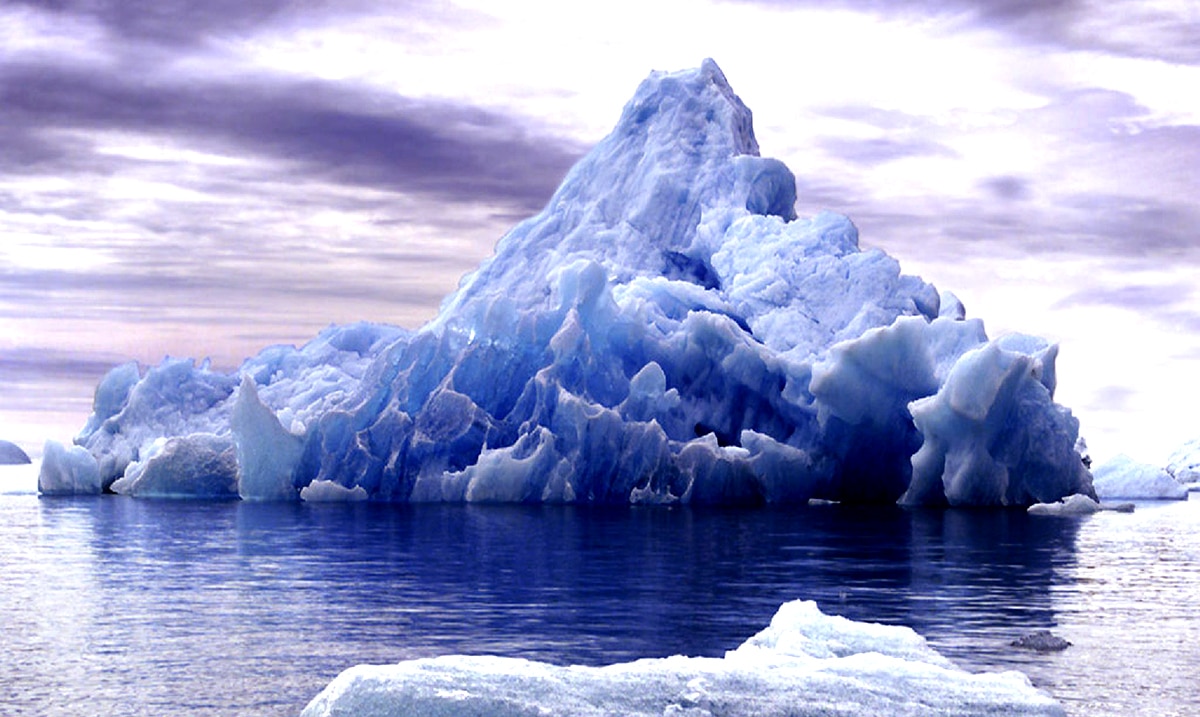As our globe warms, we are seeing melting ice caps, rising sea levels and extremely strange weather. However, while all of these are quite threatening, perhaps, the worst of all is the potential for re-emerging disease.
As history has passed, we have seen various diseases come and go, but unfortunately, there are ways for them to re-emerge, including ice melting as global warming begins to take effect. Sice Alexander Fleming, we found penicillin and have been using anti-biotics to fight off every bacteria and virus we could. However, the questions arise: what happens when we are exposed to old viruses that haven’t met humanity for years?
How do we defeat those? Unfortunately, we may be about to find out.
Permafrost is the soil that covers 25% of the Northern Hemisphere and it acts just like a freezer. As it froze, microbes, carbon, poisonous mercury, and soil all locked into place. Now, with global warming, as it melts, some strange things are happening. We are seeing various microbes once trapped being released.
Sadly, they could potentially infect us with deadly viruses. Even a recent Arctic Council report says that 20 percent of permafrost may melt by 2040. “In the 1980s, the temperature of permafrost in Alaska, Russia, and other Arctic regions averaged to be almost 18°F,” the U.S. Geological Survey explained in 2015. “Now the average is just over 28°F.”
If the permafrost melts, we could see a possible ‘Pandora’s box’ unleash. And while the best case scenario is that science is wrong, is it usually?!
“Permafrost is a very good preserver of microbes and viruses because it is cold, there is no oxygen, and it is dark. Pathogenic viruses that can infect humans or animals might be preserved in old permafrost layers, including some that have caused global epidemics in the past,” evolutionary biologist, Jean-Michael Claverie from the Aix-Marseille University in France, said.
Sadly, who knows what is lurking beneath the surface. Now is the time to start striving to prevent climate change. While many have denied its existence for years, perhaps it is time we accept it as fact, as it is truly in our face.

